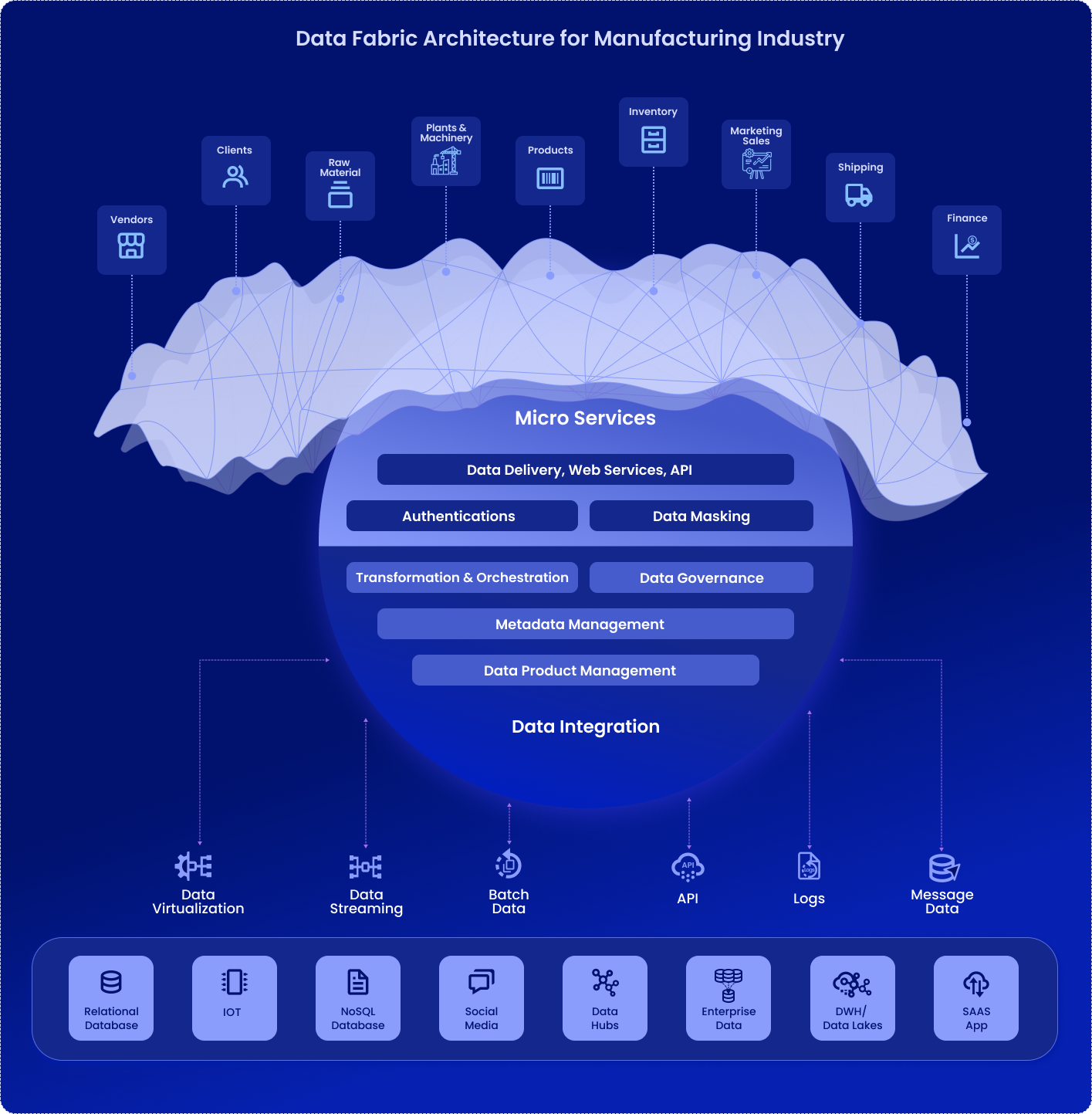
- April 27, 2023
- keenadmin
- 0
As a data solution provider company, we were approached by a large manufacturing company that was facing challenges in integrating their data from various systems across their global operations. The manufacturing company had a diverse range of data sources, including production equipment, supply chain systems, and quality control systems, which were stored in different locations and formats. This made it difficult for them to access, integrate, and analyze their data, resulting in limited visibility into their operations and the inability to make informed decisions.
Challenge:
Our client needed a solution that would enable them to integrate their data sources and provide a unified view of their operations. They also required a scalable, secure, and cost-effective solution that would allow them to access their data in real-time. Additionally, they needed a solution that would allow them to leverage their existing technology infrastructure and integrate with their existing applications.
Solution:
Our team of data experts worked closely with the manufacturing company to identify their data needs and requirements. After assessing their data landscape, we proposed the implementation of a data fabric architecture. The data fabric architecture is a distributed data integration architecture that connects disparate data sources and provides a unified view of the data. It is based on the principles of data virtualization and allows clients to access and analyze data without the need for physical data movement.
Our team created a virtual data layer using a data virtualization tool that provided a unified view of the data. The virtual data layer acts as an abstraction layer and hides the complexity of the underlying data sources. We also implemented a data governance framework that ensured the accuracy, consistency, and up-to-date status of their data. We created data quality rules and data lineage tracking to ensure that the data was traceable and auditable.
Results:
The implementation of the data fabric architecture provided our client with a comprehensive view of their operations. They could now access and analyze data from various sources in real-time, which enabled them to make data-driven decisions. Additionally, the implementation of the data governance framework improved the quality of their data and reduced the risk of data breaches. They had better control over their data and could ensure that it was being used in a responsible and compliant manner.
Furthermore, our solution enabled our client to improve their operational efficiency by reducing the time it takes to access and analyze data. They were also able to leverage their existing technology infrastructure and integrate with their existing applications, which reduced the cost and complexity of the solution.
Conclusion:
The implementation of the data fabric architecture transformed the way our client used data in their manufacturing operations. They now had a unified view of their operations, which enabled them to make data-driven decisions and improve their operational efficiency. The data governance framework improved the quality of their data and reduced the risk of data breaches. Our data solution met our client’s unique needs, and we continue to provide support to ensure their ongoing success.

